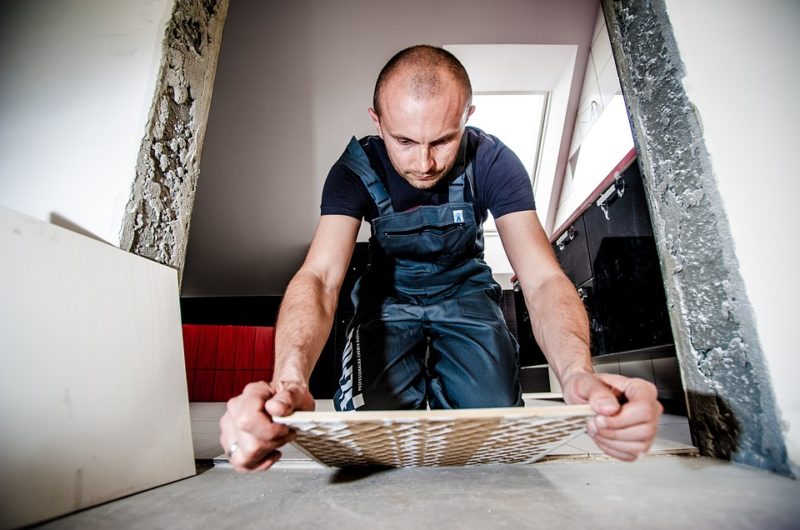Home renovations are a wonderful opportunity to rethink the space that we live in and breathe new life into our surroundings. Of course, renovations are not without their challenges. One of the biggest challenges is keeping your home as safe and clean as possible during the works.

Fortunately, there are a number of simple things you can do to protect your property and possessions.
Dust Containment
It is easier than you might think to build an effective dust containment system. The trick is to break your renovations up into a series of smaller tasks, each of which you can easily keep contained. If you’re able to hang some fabric or plastic sheeting around your work area, this will greatly reduce the amount of dust and debris that is able to spread throughout your home.
However, it is very important that you get yourself some proper respiratory equipment. Dust can present a very serious health hazard if you are breathing it in for extended periods of time. If your house is old, any dust generated could potentially contain lead-based paints or other hazardous substances, so it’s important to keep any dust contained.
Remove Furniture if You Can
The easiest way of keeping your furniture safe is to remove it from the work area entirely. If there is somewhere that you can temporarily store your furniture where it will be safe and secure, you should move your most precious pieces out of harm’s way. This won’t always be possible, and some pieces of furniture will be safer if left where they are. You will need to decide the best option for you based on the furniture in question and the works you are planning.
Cover Surfaces (Carefully)
If moving your furniture out of harm’s way isn’t feasible, the next best option is to cover it and protect it. This is also necessary for any permanent fixtures in your work area; be mindful of how dust can make its way into every nook and cranny in your home – that includes switches and power outlets.
You need to be careful about what you use to cover your furniture, especially more delicate pieces. The wrong type of material can scratch or damage your furniture or provide inadequate protection. Of all the options out there, we’ve found Trimaco dropcloths to be among the most versatile and reliable choices. Not only will these drop cloths provide excellent surface protection, but they are also slip-resistant, reducing the chances of you accidentally knocking stuff over.
Create Pathways
A heavy canvas or fabric sheet can easily be turned into a red carpet of sorts. Using a sheet to create walkways through your home from your front door to your work area will serve two key purposes. First of all, it will help to protect your floor from heavy things dropping on it, or from scratches and scuffs from items being carried through the house.
Secondly, not only will it keep your floor protected, but it will also make it clear where workers need to go. This will be very helpful for any contractors who don’t know your home.
Renovations are always going to generate a mess, but with a little more work, you can easily counter most of it. Don’t let the potential for mess put you off undertaking renovations, not when it’s so easy to mitigate.

